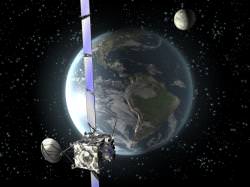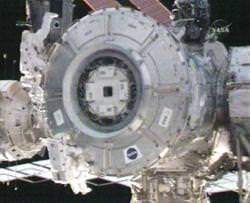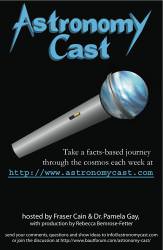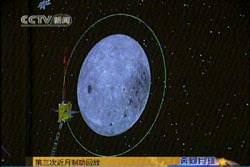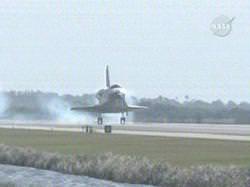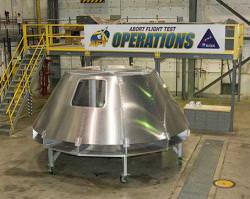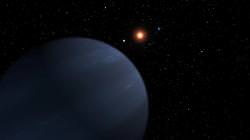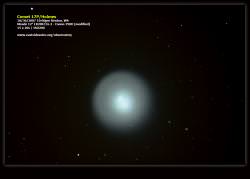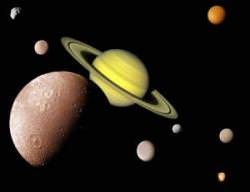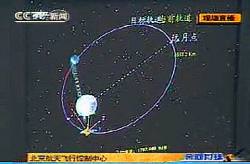Mark your calendars for November 13th, 2007. That’s the day ESA’s Rosetta spacecraft will be making a close encounter with Earth on its way to Comet 67/P Churyumov-Gerasimenko. What’s going on? The comet’s out there guys, why is Rosetta back home? Well, it’s all about speed.
Launching spacecraft is an energy intensive business. You can only get a spacecraft going so fast when it launches directly from Earth. But using a technique called gravity assist, spacecraft can use the gravity of a planet – such as the Earth – to get a speed boost. Most of the robotic explorers do it.
In order for Rosetta to make its encounter with Comet 67/P Churyumov-Gerasimenko in 2014, it needs to be going much faster. It already got a gravity assist from Earth back in March 4, 2005, and another with Mars on February 25, 2007. Now its time for a third on November 13. We won’t be done with Rosetta yet, either. The spacecraft is due to make a 4th and final flyby on November 13, 2009.
Before it returns for the 4th flyby, Rosetta will swing out across the asteroid belt and observe asteroid Lutetia, testing out its scientific equipment.
Finally, in 2014, Rosetta will reach Comet 67/P Churyumov-Gerasimenko and begin some serious investigations; even landing a probe down on its surface.
Original Source: ESA News Release

